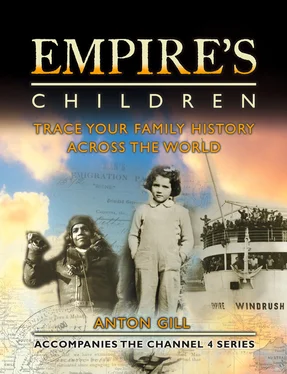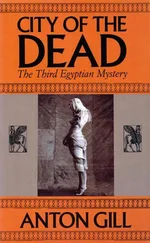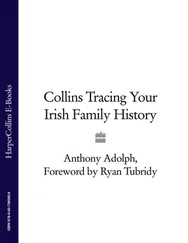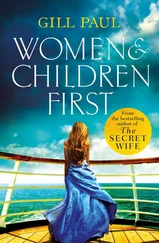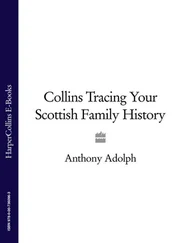CHAPTER TWO TRIUMPH AND DISASTER
Political and trade rivalry between Britain and the two great Catholic powers, Spain and France, continued to simmer one way or another throughout the seventeenth and eighteenth centuries, boiling over into war now and then, with sniping as a constant factor.
Over the passage of time, Spain’s power gradually waned, while France, especially during the long reign of Louis XIV, consolidated its position, a position it would maintain until the vainglorious Napoleon Bonaparte did it permanent damage. France took a knock, however, in the middle of the eighteenth century.
The conflict which concerns us here is the Seven Years’ War of 1756–63. Winston Churchill called it the first world war , for it involved for the first time all the major world powers of the day, as well as spreading beyond the confines of Europe.
France had been building up its own empire, which extended to territories in the Caribbean and, later, in Africa. In the Caribbean, the most important possession was Saint-Domingue (now Haiti) occupied in 1697 on the western half of the Spanish island of Hispaniola. Saint-Domingue later became the richest sugar colony in the Caribbean. In America, France’s colonial empire began in 1605, with the foundation of Port Royal in the colony of Acadia in what is now Nova Scotia. In 1608, Samuel de Champlain founded Quebec, which became the capital of a vast, thinly populated fur-trading colony – the start of what is now Canada. Unlike the British in the Americas, the French entered into alliances with the indigenous tribes, and through these had some control over much of the north-eastern part of the continent, but areas of actual French settlement were limited to the St Lawrence River area. Only late in the seventeenth century did France give its American colonies the proper means to develop in a way comparable to those of the British, but she was always more interested in power in Europe, and invested less time, money and effort in them than Britain did. France was not, however, unprotective of them, and the Seven Years’ War, which grew out of a preceding conflict in Europe, brought overall rivalries to a head.
The causes of the Seven Years’ War are complex, but in a nutshell it was sparked by tension between Prussia and Austria over Silesia, which had come into Prussian possession. The Austrians formed an alliance with France and Russia, while Britain sided with Prussia to protect its own Hanoverian interests in Silesia. They were a powerful combination, since Prussia had the strongest army in the world, and Britain the strongest navy. Apart from the European dispute, Britain and France were already at daggers drawn over their colonial territories in North America, and in particular over the as-yet-unclaimed rich farmlands bordering the Ohio River.
In time, Sweden and Spain were drawn into the conflict on the side of the French alliance, and Portugal and Hanover on the side of the British. We need not concern ourselves with the European theatre of war (Britain and Prussia won overall), but the confrontation in America led to the collapse of French territorial ambitions there.
The decisive battle is a famous one in British history. In 1759, the British Army under Major General James Wolfe laid siege to Quebec for three months. In the event of the city not falling, Wolfe proposed ‘to set the town on fire with shells, to destroy the harvest, houses and cattle, both above and below, to send off as many Canadians as possible to Europe and to leave famine and desolation behind me; but we must teach these scoundrels to make war in a more gentleman like manner’. Wolfe’s asperity was rooted in his shock at the murder of prisoners and civilians by the local tribes allied to the French, for whose behaviour he held the French commander, the Marquis de Montcalm, responsible.
After pounding the city remorselessly but unsuccessfully, Wolfe then decided on a risky landing by river (among the mariners negotiating the difficult passage was a young man called James Cook, who had been busy mapping the mouth of the St Lawrence) at the foot of some cliffs to the west of Quebec – the Heights of Abraham. His army, dragging two small cannon with them, climbed up at dawn on 13 September 1759, surprising the French, who were unprepared for an attack from that quarter, believing the cliffs to be impregnable. Battle was joined on the Plains of Abraham, and the French were defeated, but both Wolfe (aged thirty-two) and Montcalm (aged forty-seven) were fatally injured. With the fall of Quebec, French rule in North America came to an end, for the victory paved the way for a successful attack on Montreal the following year. The French were left with two possessions: Louisiana, and the island group of St Pierre and Miquelon, off the eastern coast of Newfoundland – important bases for fisheries. Elsewhere, especially in the Caribbean, they got off relatively lightly, though this did nothing to mollify their resentment.
The Treaty of Paris, drawn up in 1763, saw Britain gain territories worldwide from France and Spain, though she did not keep as much as she had gained by force of arms, which led to some criticism of the government at home, which, however, felt its leniency to be in the interests of the balance of world power. The French slaving posts on the Senegal coast went to the British. The British also took Grenada, St Vincent and Tobago, as well as Havana. Britain gained Canada and tracts of land west of the Mississippi River, as well as Florida. However, these gains belied the fact that Britain was nearing the end of what historians often refer to as ‘the first British Empire’, by which is principally meant the thirteen North American colonies, which would gain their independence as the fledgling USA a little more than ten years later.
BRITAIN WAS NEARING THE END OF WHAT HISTORIANS OFTEN REFER TO AS ‘THE FIRST BRITISH EMPIRE’.
Just over a decade after the Treaty of Paris was signed, the Quebec Act of 1774 restored some aspects of French jurisprudence to Canada and allowed Catholics to worship freely, at the same time permitting French Canadians to participate in government, as well as annexing the area east of the Mississippi and north of the Ohio rivers (roughly, modern Michigan, Ohio, Illinois and Indiana). This bit of legislation was timely, since it secured the loyalty to Britain of the Canadian colonists. Along the coast, to the south and east, things in the American colonies were beginning to stir.
By the middle of the eighteenth century Britain’s territories had spread along the east coast of North America, and were divided into thirteen colonies, from Maine in the north, through Pennsylvania and Virginia, to the Carolinas in the south. They were profitable but expensive to run. However, land speculation was booming, and interest in expansion westwards fired the imaginations both of the colonists, large numbers of whom were born Americans by now (Washington and Jefferson were born in Virginia, Franklin in Massachusetts), and developers at home. At the same time, immigration to the New World had rocketed: between 1760 and 1775, 125,000 English, Irish and Scots left home to seek a new life, escaping poor working conditions and a falling-off of employment in Britain.
However, all these prosperous new lands and this emergent new (and generally staunchly Protestant) people – who still saw themselves as British first and foremost – were governed from Westminster and had to accept whatever London told them to do. But they were beginning to think for themselves. As early as the 1750s, Anglo-French skirmishing had stimulated the British colonies to convene an assembly of representatives at Albany to agree the formation of a common front against the Catholic French and their Native American allies. Now, with the French threat removed, it was pressure from the mother country that induced them to assemble again.
Читать дальше
